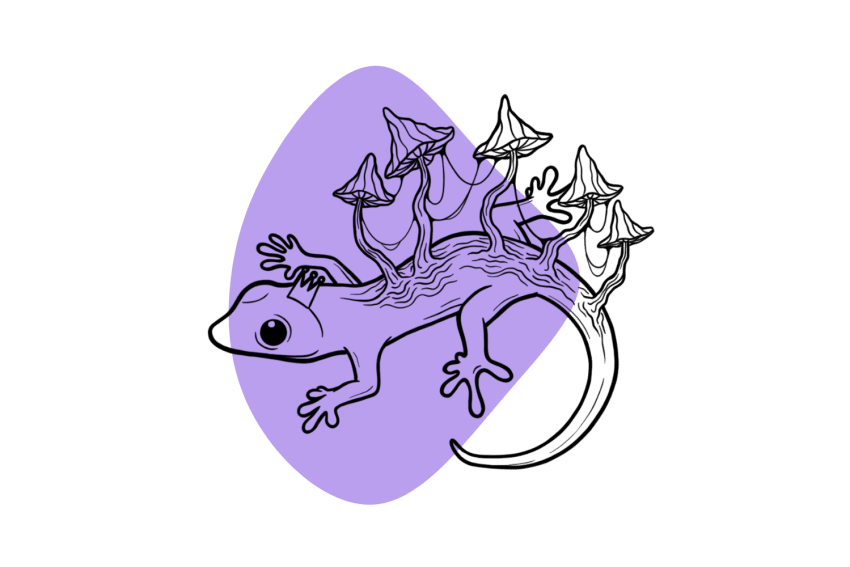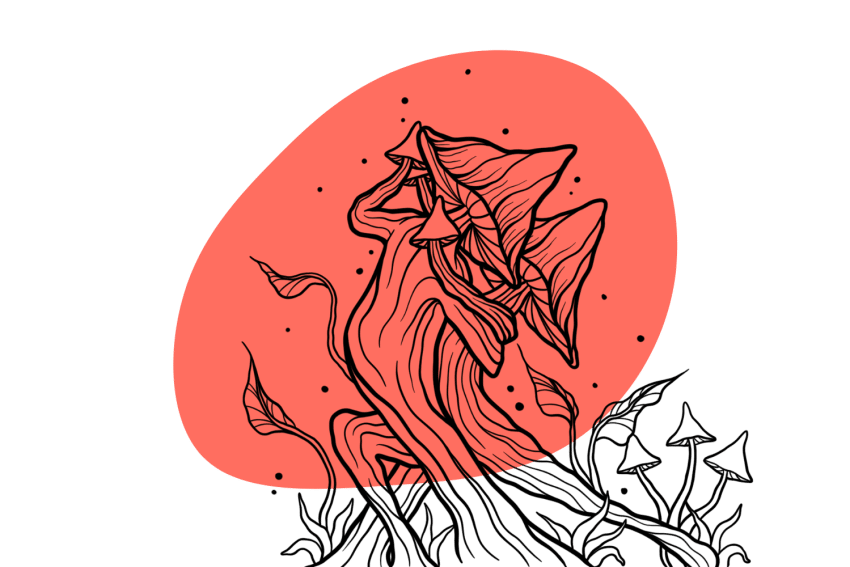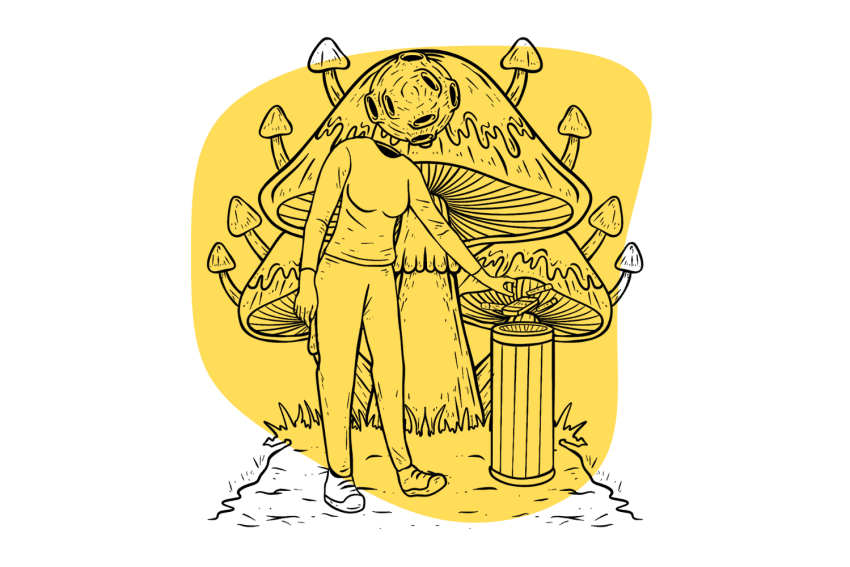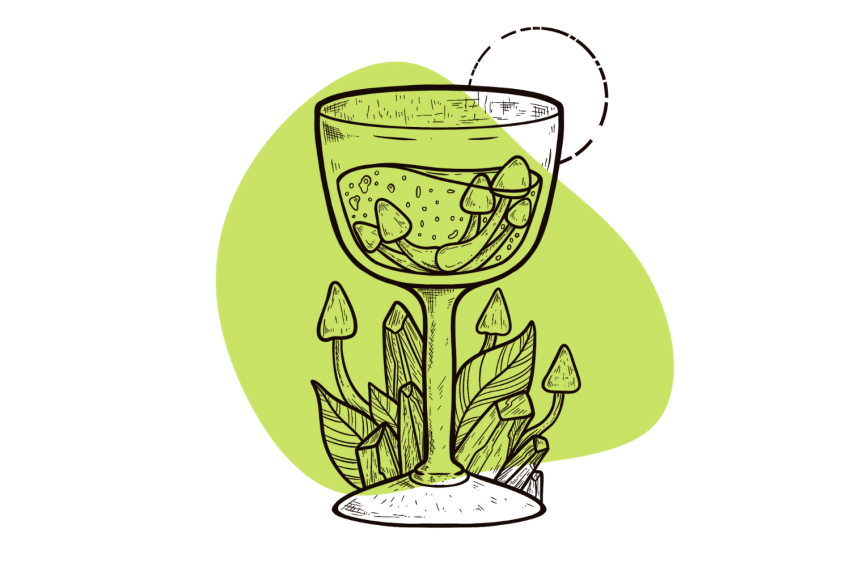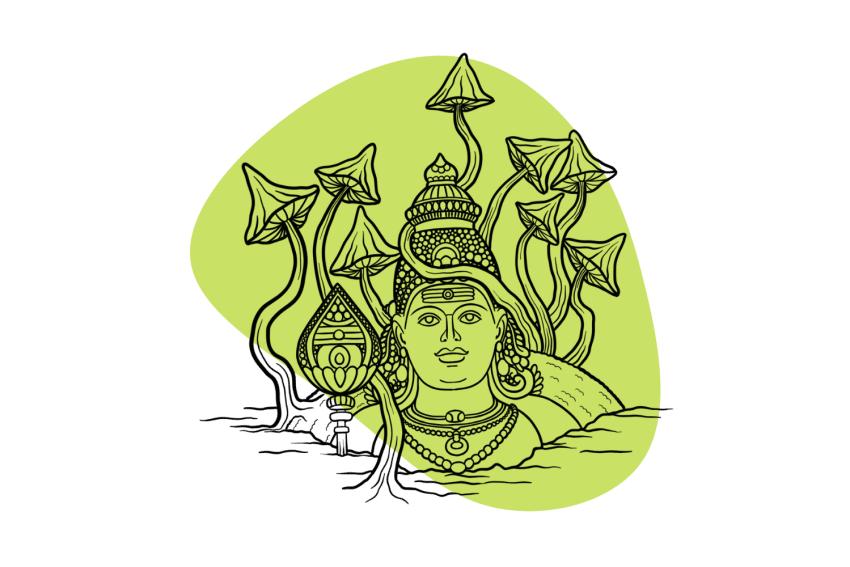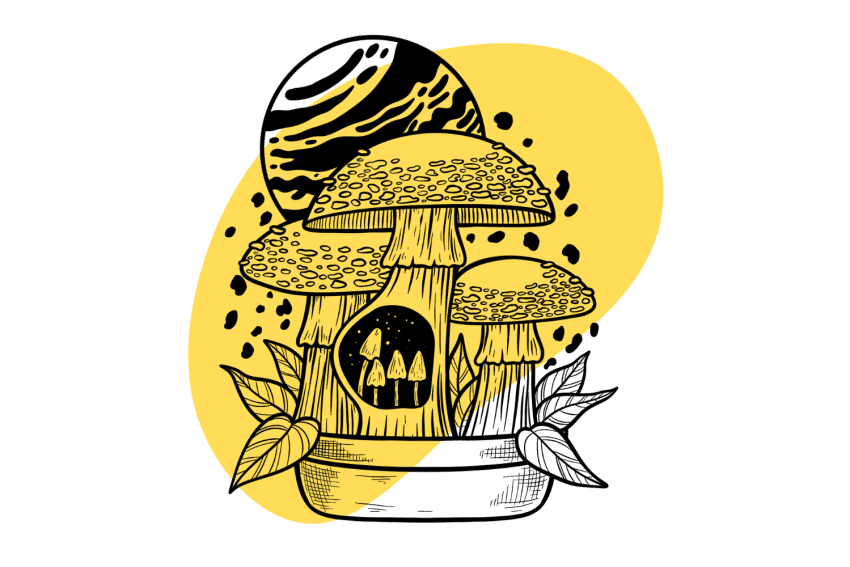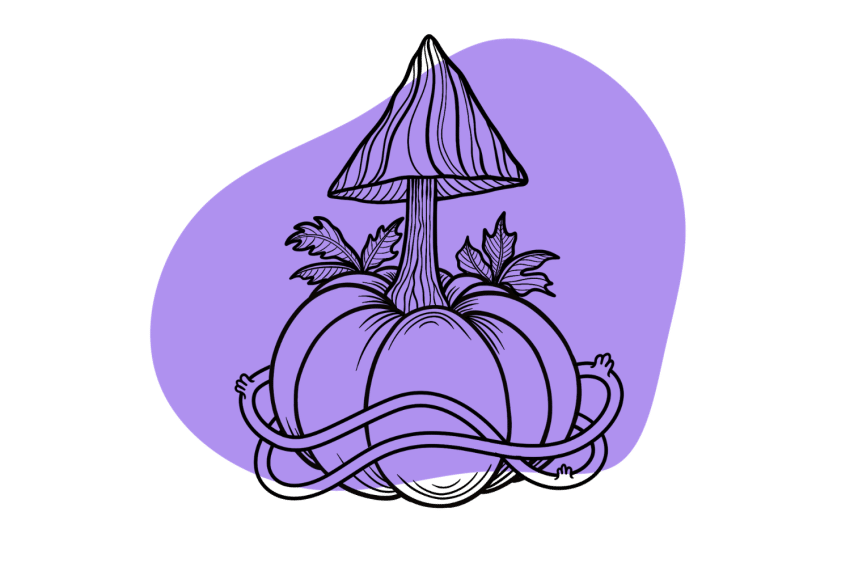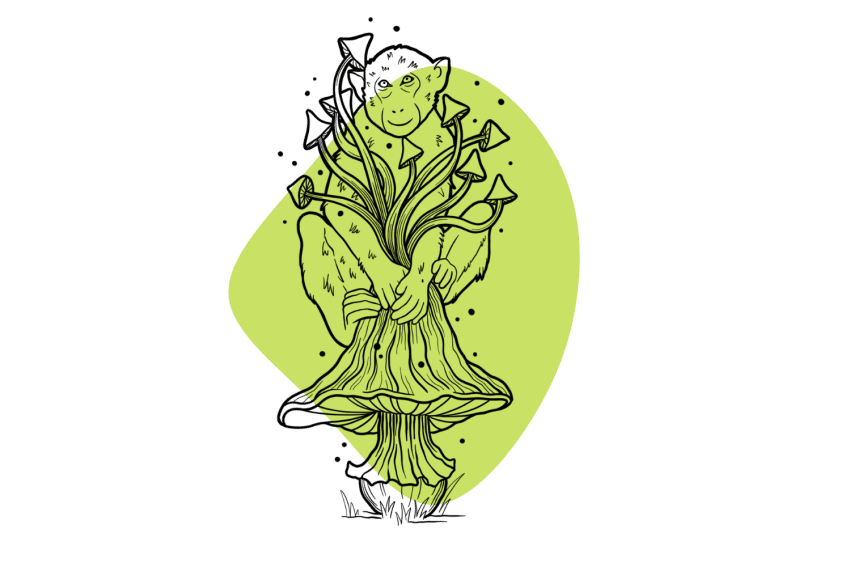Psilocybe stametsii: A New Magic Mushroom Species Has Just Been Discovered
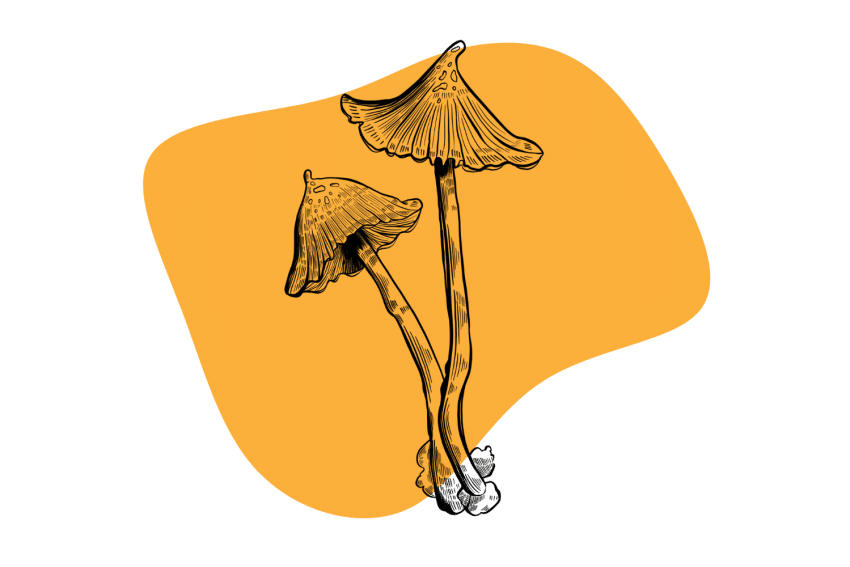
A new species of magic mushroom has been discovered. The species, from the genus Psilocybe, has been named in honor of the legendary mycologist Paul Stamets.
Paul is known for his work in the mycological field. He has helped inspire hundreds of thousands of people to seek out edible and medicinal fungi. He has also conducted groundbreaking research into how fungi could aid in the climate crisis through mycorestoration and mycoremediation — using fungi to restore degraded environments and clean up pollutants.
Paul Stamets is honored to have a species named after him, saying, “I am deeply honored by this recognition — and excited to go on a field expedition to see this species in its natural habitat.”
Not much is known about the Psilocybe stametsii species, but in this article, we’ll take a look at the following:
- What we know about the species so far
- What Psilocybe stametsii looks like
- The habitat the species grows in
- Information about Paul Stamets and how the species claimed his name
We’ll also be answering a few frequently asked questions about species in the Psilocybe genus.
What We Know About Psilocybe stametsii So Far
Samples of Psilocybe stametsii have been collected twice over the past couple of decades. The first sample was collected from a cloud forest in 2011 by Dr. Bryn Dentinger from the University of Utah.
The second sample was collected in 2022 by Giuliana Furci from the Fungi Foundation, along with friends Robert Macfarlane (author) and Cosmo Sheldrake(musician). This sample was discovered in the Los Cedros Biological Reserve — an area protected by the Ecuadorian constitution under the Rights of Nature Articles.
The Appearance of Psilocybe stametsii
Psilocybe stametsii is remarkably small. It’s brown, with a dark brown stem and golden cap that gradually darkens at the center. It stands no taller than 3 to 4 centimeters and blends in well with the leaf-littered forest floor.
The most notable feature is the pointed cap with its sharp nipple — giving it the appearance of a “witch’s hat.” This can be noted in other Psilocybe species, and it looks remarkably similar to Psilocybe semilanceata (Liberty Cap) mushrooms that have opened out as they’ve matured.
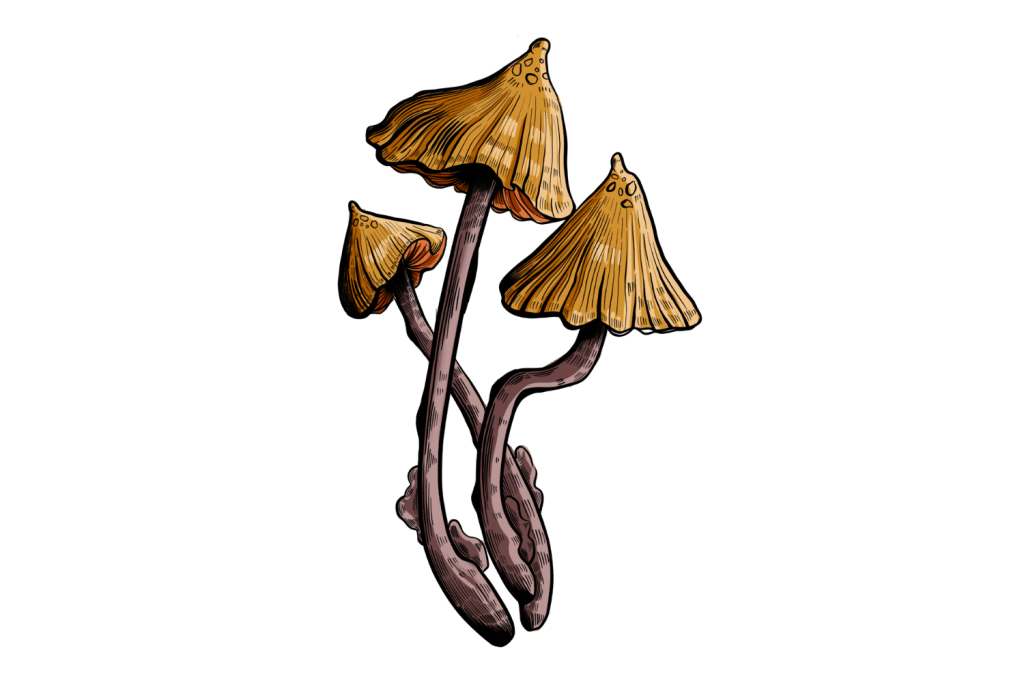
It’s assumed that Psilocybe stametsii is a solitary species that produces singular fruiting bodies at a time.
Both times the species has been collected, the mushrooms have been found growing singularly rather than in clusters. Of course, these are just assumptions, and until other samples are discovered, this is all we know about the growth characteristics of the mushroom.
The Habitat of Psilocybe stametsii
Psilocybe stametsii was discovered in a cloud forest in Ecuador — cloud forests are mountainous forests that receive heavy amounts of rainfall. Condensation is persistent because the cool mountain air current moves the humid air upward. This creates almost constant cloud cover across the forest. These tropical mountain biomes are rich in plant and fungi life.
The soils in the cloud forests of Ecuador are thin and low in nutrients. Leaves litter most of the forest floor, with moss, lichen, and fungi covering the rest. In most parts of the forest, only two percent of the daylight makes it through the canopy, mid-layer, and down to the forest floor — it’s surprisingly dark at ground level.
Who Is Paul Stamets?
Paul Edward Stamets is an American mycologist (someone who studies fungi professionally). He’s an advocate for the use of mushrooms in the medical, health, and environmental sectors. Born in Ohio in 1955, Paul grew up as a shy boy with a stammer, making it difficult for him to communicate and make friends.
Without confidence, Paul would walk around with his shoulders hunched, looking at the ground. This led to him seeing things that often go unnoticed — the minuscule yet expansive world of fungi and mushrooms.
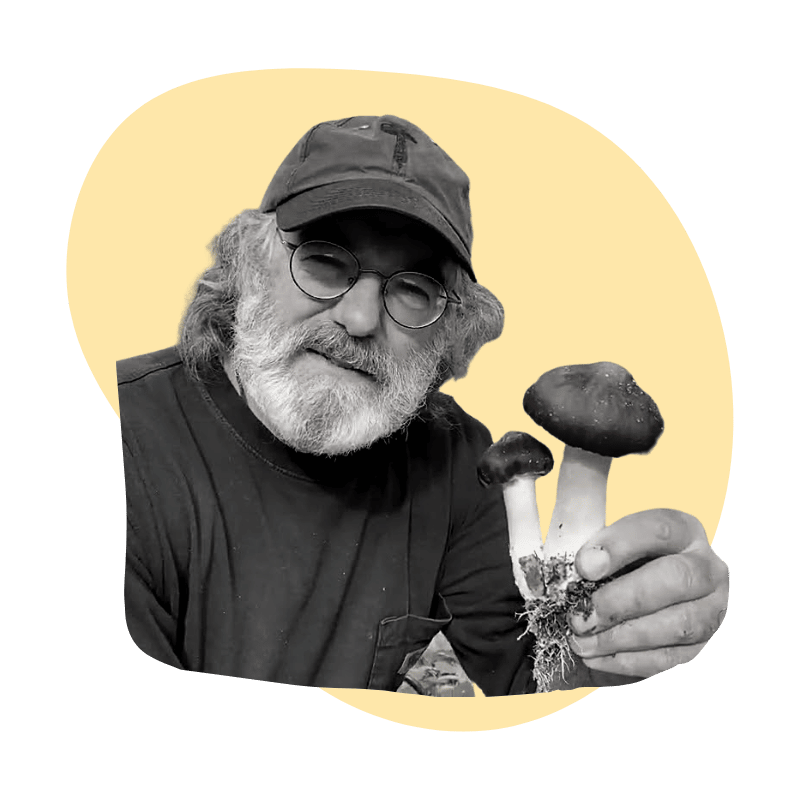
When Paul was 18, he tried psychedelic mushrooms for the first time. Under the influence of psilocybin, he climbed a tree in the forest. While in the tree, a powerful storm descended around him, and he could not get down. He sat out the remainder of the storm in the tree’s canopy.
Stamets recalls that his experience on that day was “undeniably beautiful but frightening.” During the experience, he told himself over and over again that “he must stop stuttering.”
Once the storm passed and he came down from his trip, Paul headed back home. He passed a neighbor — an attractive young woman who he struggled to make eye contact with, let alone talk to.
To his and his neighbors’ surprise, Paul spoke to her with uninterrupted, clear speech. From that day forward, Paul Stamets’ stammer never returned. This led him to devote his life to the study and potential medical benefits of edible and psychedelic mushrooms.
Stamets is now an industry leader in the field of mycology. He has grown several branches of his business and has been at the forefront of research into the medicinal powers of “magic” and edible mushrooms.
He has written over six books covering a range of topics in the mycological field and owns Fungi Perfecti — a company that sells medicinal mushroom cultures, cultivation equipment, and the famous line of mushroom-based supplements, “Host Defense.”
Paul Stamets has received numerous awards for his efforts in mycology. He has been featured in various television series and films dealing with psychedelics, mushrooms, and environmental issues. Paul is also well-known for his work in bioremediation.
His research into how mushrooms can potentially save the world is truly groundbreaking.
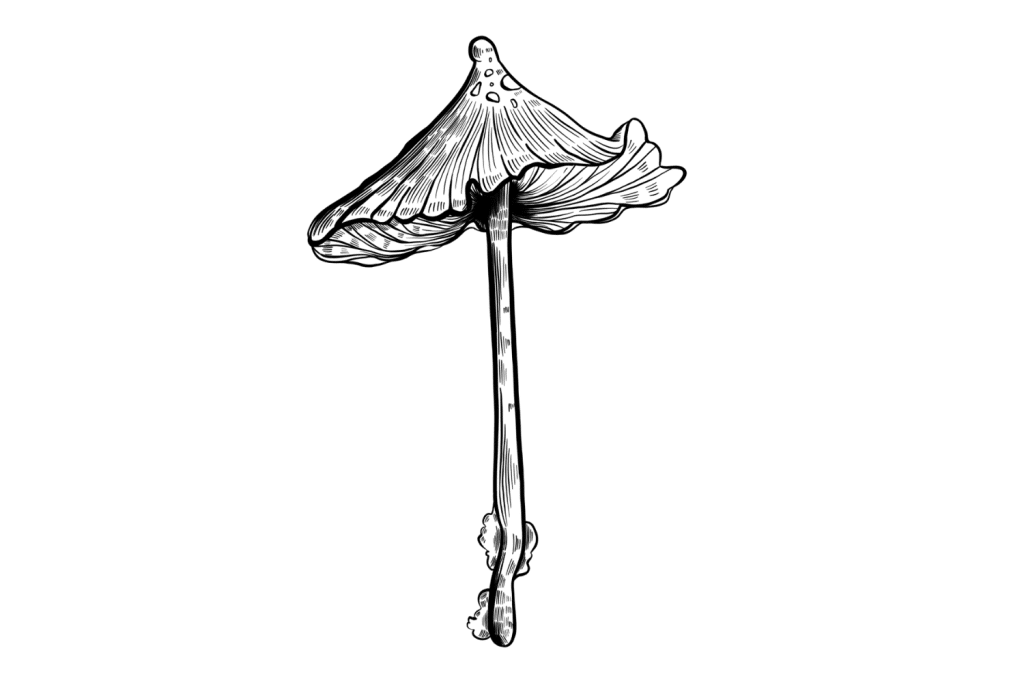
Throughout his career in mycology, Stamets has proven that fungi-based technologies can help solve some of the world’s biggest problems. Cleaning pollutants, restoring damaged habitats, organically controlling pests in agriculture, and addressing chronic health issues are just a few of the roles fungi could play.
For these huge achievements in the mycological field, Paul Stamets has been honored with a species of mushroom named after him. The list of Paul’s achievements is almost endless.
Frequently Asked Questions About Psilocybe Mushrooms
1. How Many Species Are There in the Psilocybe Genus?
There are over 180 known species of psilocybin-containing mushrooms in different genera. Impressively, over 100 of these species belong to the Psilocybe genus. Around 110 to 120 Psilocybe mushroom species have been discovered so far.
New species are being discovered and listed all the time — take Psilocybe stametsii, for example. There are many genetic variants within certain Psilocybe species as well. P. cubensis is a good example of this — the species is made up of hundreds of different strains, all with alternate qualities.
2. What Are The Most Common Species of Psilocybe?
The most common species of Psilocybe is, without a doubt, Psilocybe cubensis. This species can be found growing across the globe in various environments. It has been discovered growing in the Amazon Rainforest, the United States, Europe, Asia, and South Africa.
This diverse species is incredibly resilient, which makes it a popular choice among amateur cultivators. This is the number one choice for people who want to grow mushrooms at home with relative ease. The resilient nature of P. cubensis and its ability to thrive in an artificial environment has led to people creating new variants through cross-cultivation.
Hundreds of Psilocybe cubensis strains have been created through cross-cultivation in an artificial environment. Strains such as the infamous Penis Envy and albino isolations such as White Rabbit have essentially been created in a laboratory environment.
Spore samples for the many strains of P. cubensis are available for legal purchase from online spore vendors across the globe.
3. What’s The Most Potent Species of Psilocybe?
The most potent species of Psilocybe is Psilocybe azurescens — also known as “The Flying Saucer” and “Blue Angel.”
Although less popular than Psilocybe cubensis, this species can produce psilocybin levels of up to 1.8% with an average dry-weight percentage of 1.1% [1].
To put these figures into perspective, the average strain of P. cubensis produces around 0.5–0.9% psilocybin and psilocin. This means that P. azurescens mushrooms have the potential to be three to four times more potent than P. cubensis mushrooms.
One gram of Psilocybe azurescens has the equivalent potency of two grams of Psilocybe cubensis. This is a super-potent species that should be treated with respect. Dosage is critical — don’t go thinking a two-gram dose will be the same as two grams of other magic mushrooms you may have tried.
Perhaps one of the reasons this species is less popular than P. cubensis is that it’s difficult to cultivate. Although the species can be grown in an artificial environment, producing consistent results is extremely difficult.
Most people cultivate this mushroom outdoors on wood-based mulch or go foraging for it in the wild.
4. Can You Grow Psilocybe Mushrooms at Home?
Yes. You can grow some species of Psilocybe at home.
The basic technique involves sterilizing a substrate such as rye grain, pasteurized manure, bird seed, or coco-coir. The substrate is then inoculated with Psilocybe spores and left in a completely sterile environment.
After some time, the substrate will become colonized with mycelium. This mycelium is then exposed to conditions that promote fruiting. After being transferred to the fruiting environment, mushrooms will begin to appear. These mushrooms are harvested once they are mature but before they sporulate.
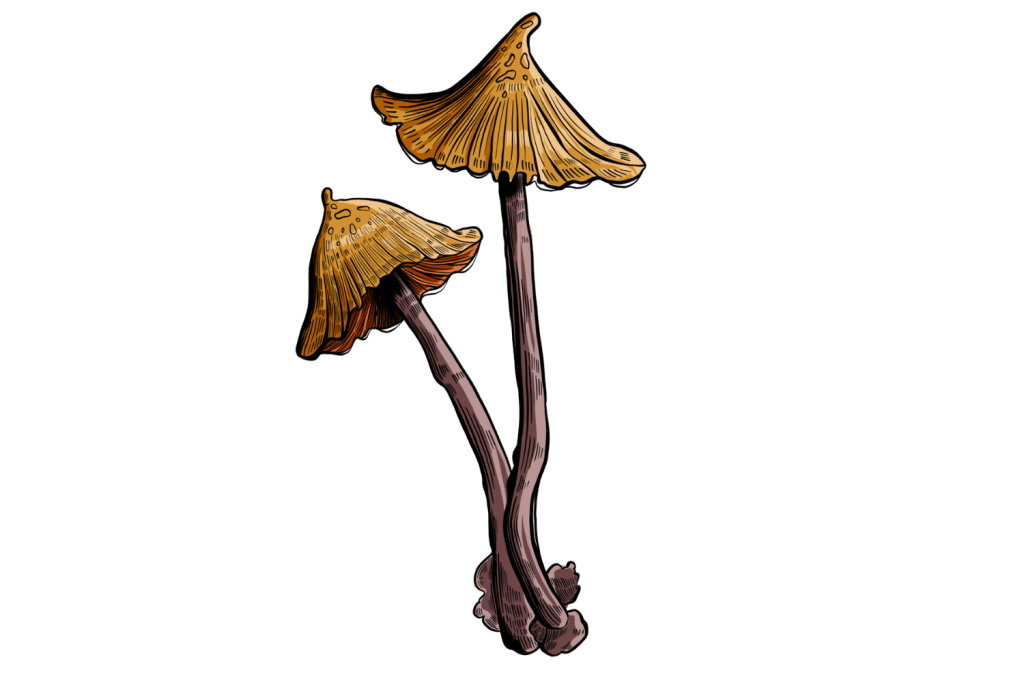
If a suitable species is selected for cultivation, several flushes (rounds) of mushrooms can be produced — this can provide a steady stream of fresh magic mushrooms for weeks. Eventually, the mushroom colony will succumb to contamination and mold.
You can find out how to cultivate Psilocybe mushrooms in this in-depth guide.
5. What’s The Easiest Species of Psilocybe to Cultivate?
The easiest species of Psilocybe to grow is Psilocybe cubensis. This species has been cultivated in artificial environments for decades, and there are now several different strains (varieties) with alternate qualities. Some strains of P. cubensis are easier to grow than others.
South East Asian strains are some of the easiest P. cubensis mushrooms to grow. They are resistant to contamination, fast to colonize and fruit, and can grow in unoptimized environments — this makes them ideal for home cultivation, and beginners can get to grips with them pretty easily.
Other species of Psilocybe can be cultivated in an artificial environment, but they’re often more challenging to grow compared to P. cubensis.
Some species in this genus cannot be grown at home. Species such as Psilocybe semilanceata (Liberty Caps) and Psilocybe cyanescens (Wavy Caps) have not been successfully cultivated in artificial environments yet.
References
- Gartz, J. O. C. H. E. N. (1996). Observations on the Psilocybe cyanescens complex of Europe and North America. Ann. Mus. Civ. Rovereto, 12, 209-218.
- Guzmán, G., Ramírez Guillén, F., Hyde, K. D., & Karunarathna, S. C. (2012). Psilocybe ss in Thailand: four new species and a review of previously recorded species. Mycotaxon, 119(1), 65-81.
- Stamets, P. (2023). Psilocybin mushrooms of the world: an identification guide. Ten Speed Press.

